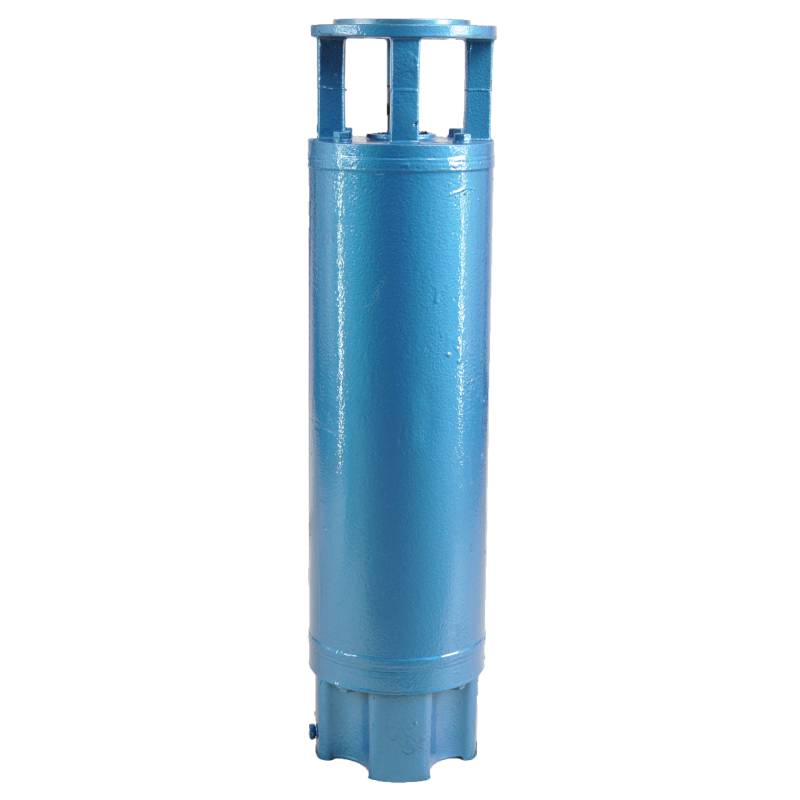Nov . 24, 2024 12:18 Back to list
Guide to Successfully Install a Submersible Pump for Efficient Water Management
Installing a Submersible Pump A Comprehensive Guide
Submersible pumps have become an essential solution for various applications, including residential water supply, agricultural irrigation, and groundwater lowering in construction sites. Unlike traditional pumps that sit above water, submersible pumps are designed to be submerged in the fluid they are pumping. This characteristic provides several benefits, such as reduced noise levels and increased efficiency. This article will guide you through the installation process of a submersible pump, highlighting essential steps and safety measures.
Understanding Submersible Pumps
Before diving into the installation process, it is important to grasp how submersible pumps operate. These devices feature a sealed motor that is submerged underwater, which prevents the pump from overheating and allows for efficient fluid transfer. They come in various sizes and configurations, making them versatile for different applications.
Tools and Materials Required
Before you begin, make sure you have the following tools and materials
1. Submersible Pump Choose a pump suitable for your specific requirements. 2. Electrical Cable Ensure it is rated for underwater use. 3. PVC Pipe and Fittings For discharge lines. 4. Check Valve Prevents the backflow of water. 5. Wrenches and Pliers For securing connections. 6. Safety Gear Gloves, goggles, and appropriate clothing.
Step-by-Step Installation Guide
1. Select the Right Location
Choose a suitable location for the pump, such as a well or a sump pit. Ensure the site is dry and clear of debris. The water level should be sufficiently deep to submerge the pump completely.
2. Prepare the Site
Excavate the area if necessary. If you’re installing the pump in a well, ensure the casing is secure and free from obstructions. For sump pumps, clean the sump pit and ensure it is free of sediment.
Before proceeding, confirm that the power source available is compatible with the pump’s specifications. Ensure you have dedicated circuit breakers for the pump to prevent electrical issues.
installing submersible pump

4. Assemble the Discharge Line
Using PVC pipes, connect the discharge line to the pump. Include a check valve to prevent the backflow of water when the pump is turned off. Make sure all fittings are secure and watertight.
5. Install the Pump
Carefully place the submersible pump into the well or sump pit. Ensure that the pump is situated upright and fully submerged. For wells, attach a guide cable to the pump to facilitate easy retrieval and alignment.
6. Connect the Electrical Supply
Properly connect the electrical cable to the pump’s motor. It is advisable to use waterproof connectors and sealants to ensure safety and prevent water ingress. If you’re unsure about electrical connections, consider hiring a qualified electrician.
7. Test the Pump
Before covering or sealing the well or pit, test the pump by turning it on. Check for any leaks in the discharge line and verify that the pump is operating smoothly. Adjust if necessary.
8. Secure Everything
Once you’ve confirmed that the pump is working correctly, secure any loose cables and cover the well or pit to prevent debris from entering. Ensure that the electrical supply is safely housed and out of reach of water.
Safety Considerations
When installing a submersible pump, safety should always be a priority. Always disconnect the electrical supply before working on the pump or electrical connections. Wear appropriate safety gear to protect yourself from debris and sharp edges. Additionally, familiarize yourself with local codes and regulations concerning pump installation, especially when dealing with water supply and electrical systems.
Conclusion
Installing a submersible pump can be a straightforward process if you take the time to prepare and follow the necessary steps. By understanding how these pumps work and adhering to safety practices, you can effectively set up a reliable and efficient system for your water pumping needs. Whether for residential, agricultural, or industrial use, proper installation will ensure your submersible pump operates effectively for years to come. If you are ever in doubt, don’t hesitate to seek professional assistance to ensure a safe and successful installation.
-
Submersible Water Pump: The Efficient 'Power Pioneer' of the Underwater World
NewsJul.01,2025
-
Submersible Pond Pump: The Hidden Guardian of Water Landscape Ecology
NewsJul.01,2025
-
Stainless Well Pump: A Reliable and Durable Pumping Main Force
NewsJul.01,2025
-
Stainless Steel Submersible Pump: An Efficient and Versatile Tool for Underwater Operations
NewsJul.01,2025
-
Deep Well Submersible Pump: An Efficient 'Sucker' of Groundwater Sources
NewsJul.01,2025
-
Deep Water Well Pump: An Efficient 'Sucker' of Groundwater Sources
NewsJul.01,2025
-
 Submersible Water Pump: The Efficient 'Power Pioneer' of the Underwater WorldIn the field of hydraulic equipment, the Submersible Water Pump has become the core equipment for underwater operations and water resource transportation due to its unique design and excellent performance.Detail
Submersible Water Pump: The Efficient 'Power Pioneer' of the Underwater WorldIn the field of hydraulic equipment, the Submersible Water Pump has become the core equipment for underwater operations and water resource transportation due to its unique design and excellent performance.Detail -
 Submersible Pond Pump: The Hidden Guardian of Water Landscape EcologyIn courtyard landscapes, ecological ponds, and even small-scale water conservancy projects, there is a silent yet indispensable equipment - the Submersible Pond Pump.Detail
Submersible Pond Pump: The Hidden Guardian of Water Landscape EcologyIn courtyard landscapes, ecological ponds, and even small-scale water conservancy projects, there is a silent yet indispensable equipment - the Submersible Pond Pump.Detail -
 Stainless Well Pump: A Reliable and Durable Pumping Main ForceIn the field of water resource transportation, Stainless Well Pump has become the core equipment for various pumping scenarios with its excellent performance and reliable quality.Detail
Stainless Well Pump: A Reliable and Durable Pumping Main ForceIn the field of water resource transportation, Stainless Well Pump has become the core equipment for various pumping scenarios with its excellent performance and reliable quality.Detail
